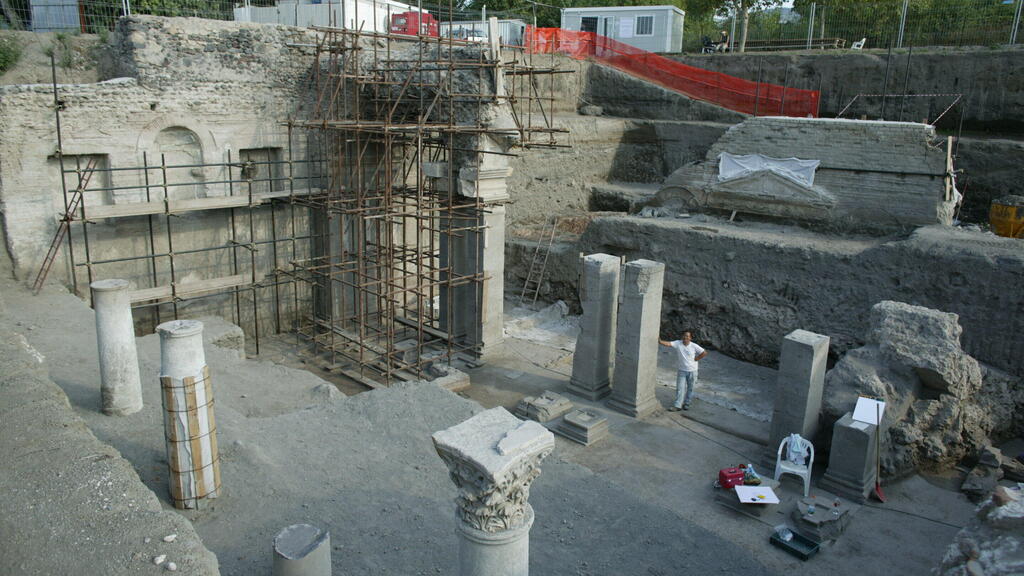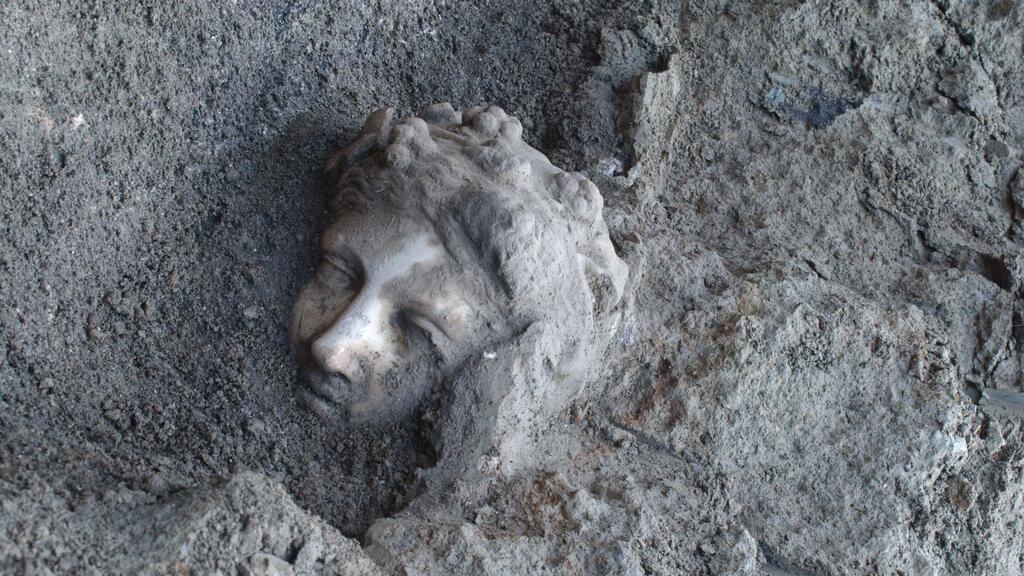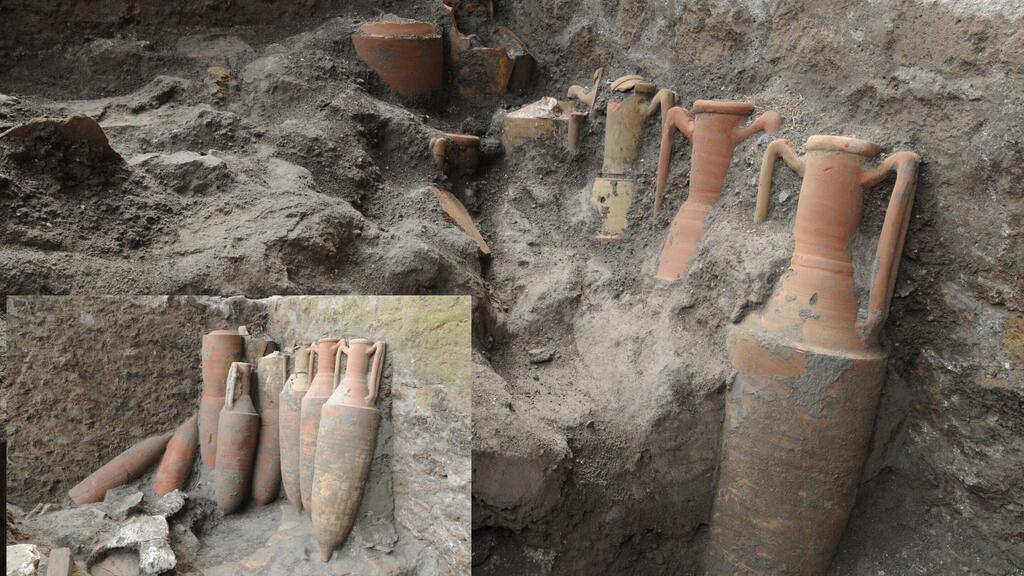A group of archaeologists, led by researchers from the University of Tokyo, has uncovered a portion of a Roman villa built before the mid-first century. This villa, near the town of Nola in southwestern Italy, was found beneath the remains of another structure.
From the findings at the site, it appears that not only were these buildings damaged during various volcanic eruptions of Mount Vesuvius, but the area may have been where Gaius Julius Caesar Octavianus (Emperor Augustus), founder of the Julio-Claudian dynasty and arguably one of the most significant figures in Roman history, spent his final moments before he died in 14 AD.
4 View gallery


The uncovered lost villa
(Photo: Institute for Advanced Global Studies, University of Tokyo)
This determination is based on the overlapping discoveries, which included writings by Publius Cornelius Tacitus, one of the greatest historians of antiquity, the Roman writer and historian Gaius Suetonius Tranquillus, and the Greco-Roman historian Dio Cassius Cocceianus, all of whom wrote that Augustus Caesar died in 14 AD at a villa belonging to his family, near Nola.
The archaeological findings in Nola, located in the Campania region between Mount Vesuvius and the Apennine Mountains, hold significant value and meaning. Previously, it was believed that only areas south of Mount Vesuvius, such as the ancient Roman cities of Pompeii and Herculaneum, suffered severe damage due to volcanic eruptions.
Now, it has been discovered that this villa is situated north of the famous volcano, in the Sarno Valley and Sarno River Basin. Already in 1929, a local farmer accidentally discovered a part of an abandoned structure. Although archaeologists began excavations at the site and began to identify clues indicating that it was Augustus Caesar's villa, their work was not completed due to economic reasons that prevented them from fully exposing it.
This situation changed in 2002 when researchers from the University of Tokyo initiated an interdisciplinary project in collaboration with local archaeologists to complete the mission.
Archaeologists, led by researchers from the University of Tokyo, have unearthed numerous Roman artifacts, beautiful marble statues, a massive structure with various rooms, wall paintings, reliefs, and mosaics.
4 View gallery


Statue of the wine god Dionysus
(Photo: Institute for Advanced Global Studies, University of Tokyo)
"Excavations around Mount Vesuvius have been ongoing since the 18th century. It was known that beneath the ash and debris from the largest eruption in 79 AD, various Roman artifacts were buried," said Kohei Sugiyama, an archaeologist from the University of Tokyo. "Most research in this context has focused on areas south of the volcano, as they suffered the most damage. For over 20 years, we have been digging extensive parts of the villa, and recently, we uncovered additional rooms and architectural elements."
"Through radiocarbon dating and additional volcanic analysis," Sugiyama continued, "we determined that the newly discovered findings were buried beneath volcanic material from the eruption that occurred in 79 AD."
Sugiyama and his team of researchers revealed the significant destruction in the northern region of Mount Vesuvius, including damage caused by pyroclastic flows and volcanic ash. During excavations in 2002, researchers discovered that the upper levels of the villa were built in the mid-second century, indicating that the lower floors of the villa were built earlier. This finding suggests the resilience of the area's residents and their rebuilding efforts following the disaster that struck the Sarno Valley and Sarno River Basin in 79 AD.
In contrast, in Pompeii, the thick layers of volcanic ash and pyroclastic flows left the city abandoned for hundreds of years. "This type of research is important for several reasons," said Sugiyama.
"Not only does it link physical evidence to the living quarters of Emperor Augustus Caesar, known primarily through historical writings, but it also sheds light on the economy and local society in this area during that period, which may have been more prosperous and significant than previously thought. Learning about how the region's residents recovered from natural disasters that befell them could assist us today," Sugiyama concluded, expressing hope that he and his colleagues would secure the necessary funding to continue excavations to conclusively prove that it is indeed Emperor Augustus's villa.



